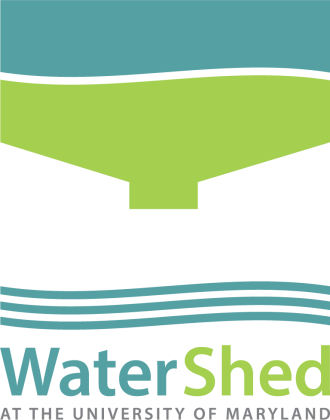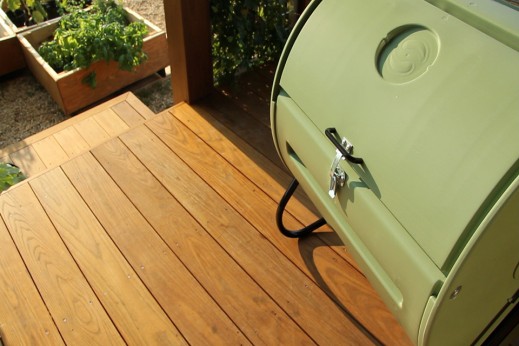Composting is a natural process that breaks down organic matter to produce nutrient rich fertilizer. An average American home can compost 60% of the waste it produces instead of sending that material to a landfill. By composting organic wastes and leftovers, the house gains natural fertilizer, reducing the need for chemical fertilizers, which seep into the water table and contaminate water bodies downstream. Properly maintained, a composting station does not produce unpleasant odors.
How does composting work?
There are two types of compost – thermophilic and vermicomposting.
- Thermophilic composting relies on thermal mass and microbes to oxidize carbon and produce heat. This heat kills pathogens and sterilizes much of the seed bank in a soil (reducing the amount of weeds that will grow), while the microbes break down the organic matter into valuable nutrients.
- Vermicomposting (worm farming) uses worms, which consume and break down the organic matter, producing nutrient rich castings. Vermicomposting requires no critical mass to generate heat, and therefore can be done indoors in small bins if space is at a premium.
While WaterShed uses a traditional thermophilic approach, both methods provide the benefits of composting and should be considered when choosing a home composting system.
Join WaterShed, start gardening and composting today!
To learn more about how to compost in your own home or apartment, please visit www.howtocompost.com.
To learn more about vermicomposting, please read this article.



